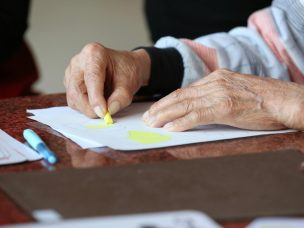Vasculopathy is a common complication that results in chronic end organ damage for patients with sickle cell. Leg ulcers have been reported in 5-10% of adult sickle cell patients. A lack of information existed about geographic distribution of patients with reported leg ulcers. A need for an analysis was necessary to determine how geographic location causes an increased risk of vasculopathy in sickle cell patients.
The Consortium for the Advancement of Sickle Cell Research, or CASiRe, was formed to understand the different phenotypes of sickle cell patients in different ethnic groups across several geographic locations. The study consisted of 659 sickle cell patients from the United States, United Kingdom, Italy, and Ghana.
It was determined that the highest occurrence of leg ulcers was found in sickle cell patients in Ghana, with an 18.6% rate of occurrence. Leg ulcers showed prevalence in older male patients with an SS genotype in Ghana. Albuminuria, proteinuria, increased markers of hemolysis, lower oxygen saturation, low body mass index, and renal dysfunction increased the risk of vasculopathy.
In conclusion, sickle cell patients of sub African descent who possess renal impairment are at the highest risk of vasculopathy. The question still remains as to whether sub-African race is genetically to blame for this increase. Or are other variables the cause, such as environment, lack of medical services, cultural, or general health in Ghana? More studies must be conducted to determine if race/ethnicity or location are variables in the risk of patients with sickle cell and the development of leg ulcers.









